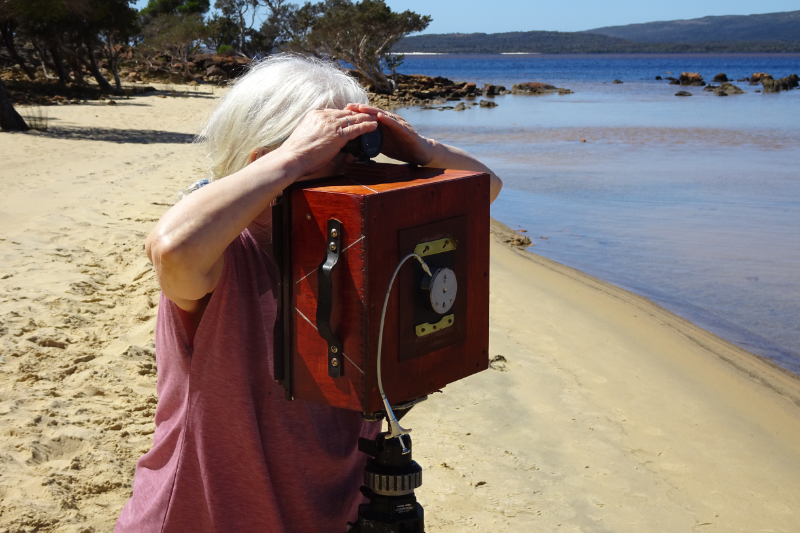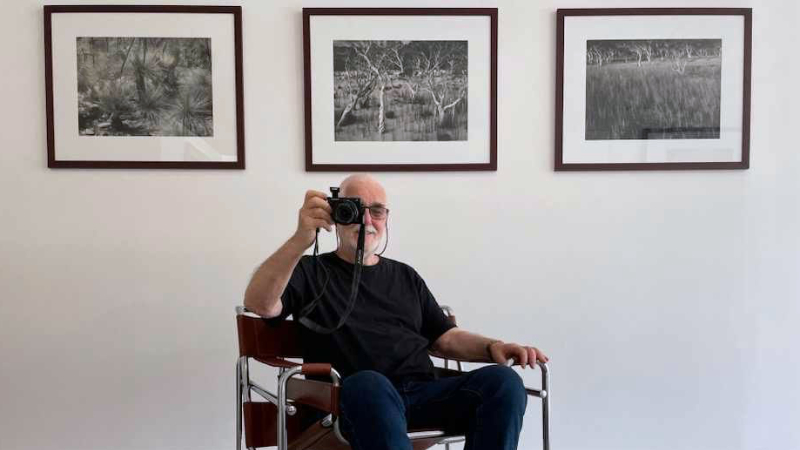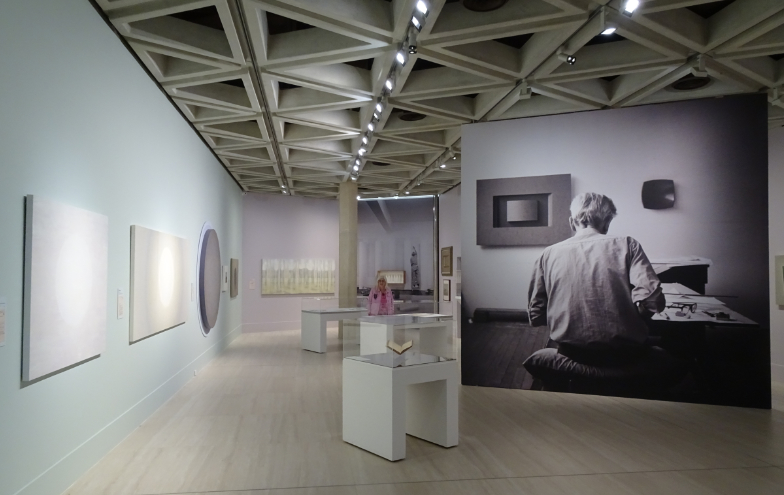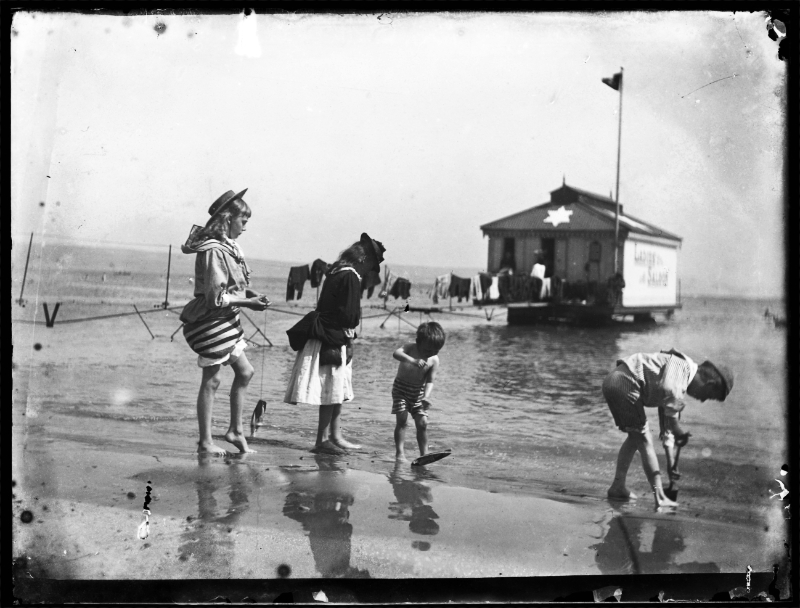Rae Starr, Quinninup Cyan & Stitch Workshop
Mar 28th, 2021 • Rae Starr • Uncategorised
I just want to talk about the morning tea, the cakes, the cheese and fruit platters, and the hot cross buns. But . . .
The idea for the Quinninup Community Arts Group grew from conversations between Rae Starr, Bronwyn Constance and Mary Williams.
Rae Starr, as followers of Rae's blogs on this site and on FB pages will know, is a textile worker and cyanotypist, weaving the two threads into her work. So, cyanotype with textiles as the first Quinninup Arts Group workshop was logical.
As we are still in a time of Covid19, and as this was the QACG inaugural workshop, there were a limited number of people.
After Rae's introduction participants started to arrange their photogram materials, first on dark blue paper to help pre-visualise the result. Soon the first group were in the gloom-room to lay their designs on the pre-sensitised cyanotype A4 textile sheets. Pre-sensitised sheets were chosen for reliability and to save the drying time for workshop sensitised sheets. (Sample jars of dry Ferric Ammonium Citrate and Potassium Ferricyanide were shown during Rae's introduction, and a brief description of dissolving, mixing and coating paper.). The walls of the room were covered in Rae's previous cyanotypes.
Group exposing first cyanotypes
After the first set of cyanotype material had been exposed to patchy sunlight, washed and hung to dry and ripen Mary served the morning tea. (I have a picture of Mary with a tray of buns, but I value my life.)
Morning tea, QCAG
Once the first batch was dry people could see how the process worked on its simplest level, and then stretched their ideas with wetted cyanotype sheets, salt crystals, turmeric and tissue contour density masks for misty landscape effects. (Contour density masking is basically the same technique using torn tissue paper for holding light back from shadow areas when printing large format contact prints.)
First photogram cyanotypes being hung,still pale before ripening to deep Prussian blue
After morning tea the real business of the workshop started and participants were sharing ideas, things and excitement to really push their second and third sheets of material.
Rae and Gail
After lunch the dry cyanotypes were used as the basis for stitching and idea development between participitants. Synergy is the main goal of a group workshop, the more wild and extreme the ideas that arise the better the workshop is.
Gail watching one of her cyanotypes develop
Morning tea - that was special, but it has been decided that "special" is the future normal.
Next QCAG planned workshop
Bronwyn Constance, Plant dying is the next planned Quinninup Community Arts Group workshop. To be held in May, after the wood fired copper boiler is safe to use in the open. (Cauldrons of boiling plant bits seems a bit Macbeth 1:1 to me, so I will keep a safe distance and let Mary do the pix.)
Technotes:
Traditional cyanotype mix is equal parts of 20% green Ferric ammonium citrate aqueous solution and 8% Potassium ferricyanide aqueous solution. The two solutions are mixed together just before coating. Coating is done with a plastic ferruled brush, glass rod or foam pad, plastic brushes as cheap metal ferrules can contaminate the process. Drying should be in the darkest place possible, to which end coating is often done in the evening for use the next day.
Exposure in average sunlight is about 15 minutes, but this varies. Exposure can be estimated by a bluish grey colour forming in the exposed areas. This is easy to judge with photogramme cyanotypes, less easy with a film or digital negative. Old contact printing frames with hinged backs are useful as there is a flap that can be lifted to see how the exposure is progressing with a film negative. These hinged frames are really for printing out paper, POP, but that is another story.
Negatives for cyanotype can be fairly contrasty film negatives or digital negatives. How to make digital negatives is out there on the Wise and Wonderful Web, but they must be gutsy to work.
Artificial UV sources can be made which deliver more predictable results than sunlight. (I have made a UV exposure unit for Rae, but she ignores that and continues with sunlight, in any weather.)
Green Ferric Ammonium Citrate is important as it gives far more sensitivity to light than the brown variety.
New Cyanotype is a process developed by Mike Ware. In this version Ferric Ammonium Citrate is replaced with Ferric Ammonium Oxalate plus a few other changes. This new process is more complex to mix, more expensive and highly toxic, but does confer more predictable results. However, as most cyanotypists seem to enjoy the random effects of the traditional John Herschel mixture we are sticking with that.
Pronunciation, citrate rhymes with citrus as in fruit, not the incorrect "cytrate" pronunciation that is current among hipsters, trendies and Platinum/Palladium printers, who want to sound posh because their process is so expensive. Cyanotype is cheap.
← Return to Blog




 RSS Feed
RSS Feed